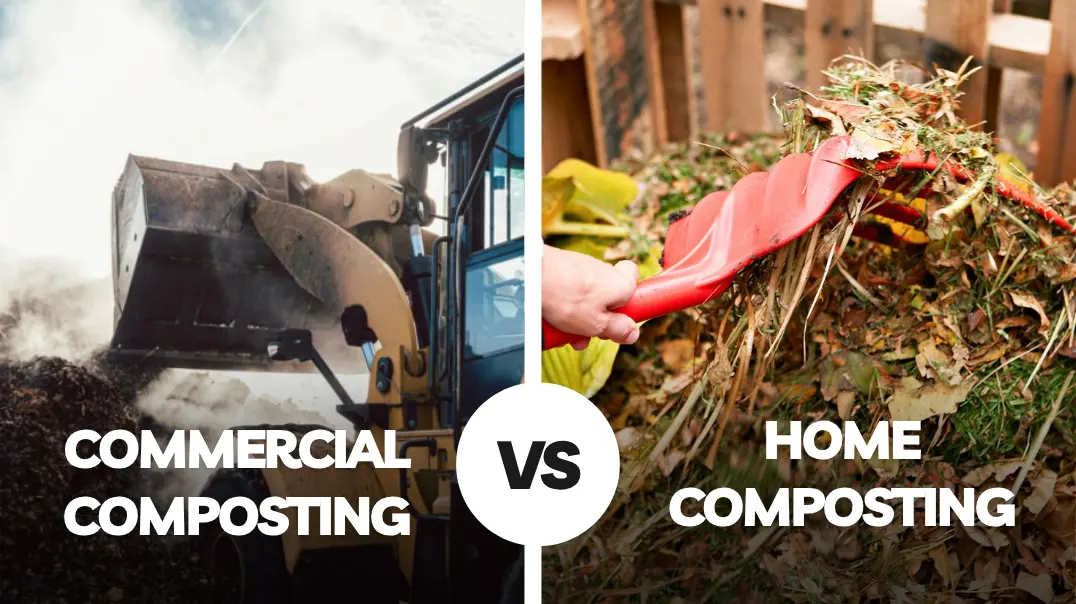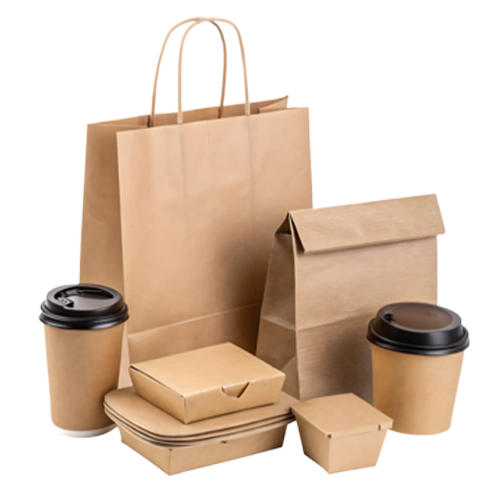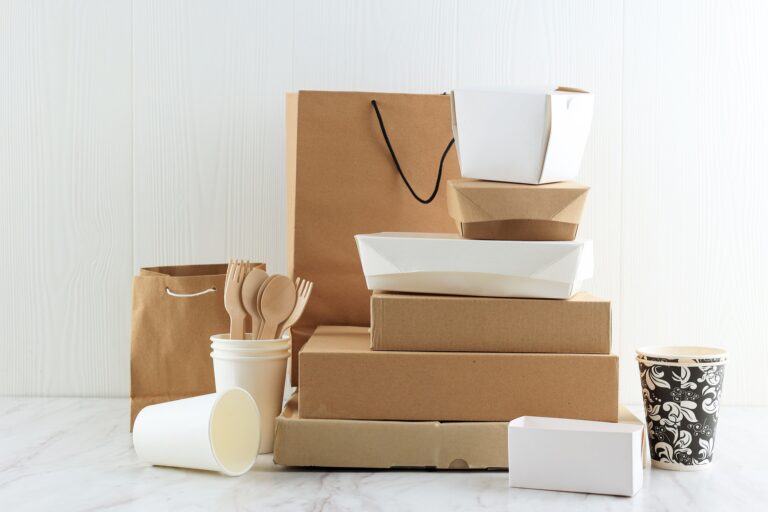Are you curious about composting at home or considering commercial composting for your organic waste? Do you know the key differences between commercial composting vs home composting? Which one is more effective in reducing waste and helping the environment? The challenges and benefits of each method can be confusing, but understanding them can help you make an informed decision.
While both methods turn organic waste into valuable compost, they differ greatly in terms of scale, efficiency, and process. Commercial composting vs home composting involves different approaches that cater to varying needs, making one method more suitable depending on the situation. The choice you make will depend on factors like space, time, and the amount of organic waste you produce.
By reading this article, you’ll gain insight into the distinctions between commercial composting and home composting. I’ll explain the pros and cons of each, helping you determine which method aligns best with your needs, whether you’re a home gardener or managing a larger waste disposal system.
What is Composting?
Composting is the natural decomposition of organic materials by microorganisms, fungi, and other decomposers. The process breaks down plant matter, food scraps, and other biodegradable materials into humus, a rich, dark substance that enhances soil fertility. Over time, this waste is transformed into compost, which is then used to improve soil structure, retain moisture, and provide essential nutrients for plant growth.
Composting can be done on both a small scale (at home) and on a much larger scale (commercially). The method of composting depends on several factors, including the size of the operation, the materials being composted, and the end goals of the composting process.
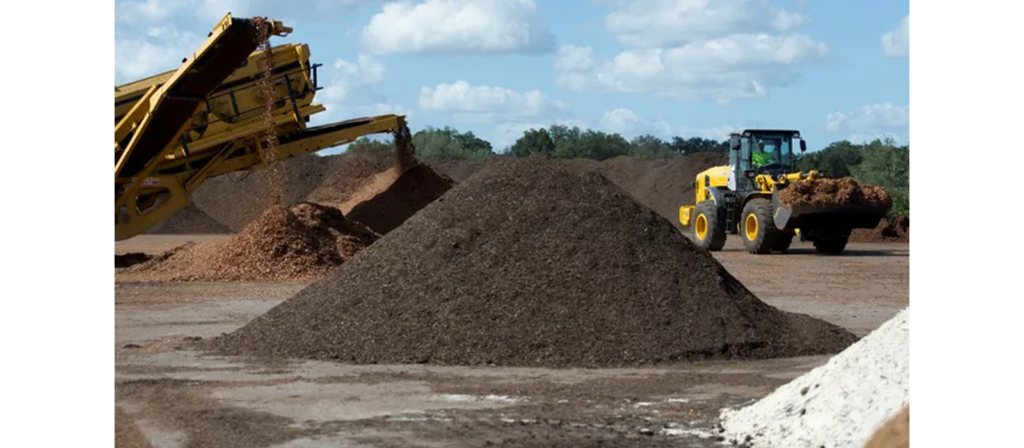
What is Commercial Composting?
Commercial composting involves large-scale operations that collect, process, and compost organic waste from various sources, such as municipalities, businesses, and industrial operations. These facilities use advanced machinery and systems to handle high volumes of waste more efficiently than home composting methods.
Materials that are typically composted in commercial facilities include food waste from restaurants and grocery stores, agricultural waste, and industrial byproducts. Commercial composting operations often use temperature-controlled environments to speed up the decomposition process, sometimes reaching temperatures of 130 to 160°F (54 to 71°C) to kill pathogens and accelerate the breakdown of organic matter.
Commercial composting plays a critical role in reducing the waste sent to landfills and creating high-quality compost that can be sold to farmers, landscapers, and consumers.
How Does Commercial Composting Work?
Commercial composting relies on sophisticated technology and well-regulated processes to turn organic waste into compost. The process generally follows these steps:
- Collection: Organic waste, including food scraps, yard waste, and other biodegradable materials, is collected from various sources like homes, restaurants, farms, and businesses.
- Shredding and Mixing: Once collected, the materials are shredded and mixed to ensure a consistent material blend. This helps in achieving the right balance of “greens” (nitrogen-rich materials) and “browns” (carbon-rich materials).
- Aeration and Temperature Control: In commercial composting, the pile of organic materials is regularly aerated (usually mechanically) to provide oxygen for the microbes involved in decomposition. Temperature is also controlled to keep it within an optimal range (typically between 130°F and 160°F) for efficient breakdown.
- Decomposition: As microorganisms break down the organic materials, the temperature rises, and the waste gradually turns into compost. The process can take anywhere from a few weeks to a few months, depending on the scale and management practices.
- Screening: After the decomposition is complete, the compost is screened to remove any remaining large particles or contaminants. This step ensures that the final product is uniform and ready for use.
Benefits of Commercial Composting
Commercial composting offers numerous benefits, both on a large scale and for individual communities:
- Waste Reduction: One of the primary benefits of commercial composting is the significant reduction in the amount of organic waste sent to landfills. This helps reduce landfill space and lowers the production of methane, a potent greenhouse gas.
- Nutrient-Rich Compost: Commercial composting produces high-quality compost, rich in nutrients, that can be used to improve soil health. This compost is in high demand for agriculture, gardening, and landscaping.
- Job Creation: As an industrial process, commercial composting creates jobs and boosts local economies. These jobs range from waste management to quality control and equipment maintenance.
- Sustainability: Commercial composting helps in reducing the environmental footprint of organic waste by diverting it from landfills and turning it into valuable resources.
- Economic Viability: With large-scale operations, commercial composting can process organic waste more efficiently, leading to cost savings for municipalities and businesses.
Commercially Compostable Items
Commercial composting can handle a wide range of organic materials. These include:
- Food Scraps: Including fruit and vegetable peels, coffee grounds, eggshells, and leftover food.
- Yard Waste: Grass clippings, leaves, branches, and plant material.
- Manure: Animal waste from farms or zoos.
- Agricultural Waste: Crop residues, hay, and other plant-based materials.
- Wood Chips and Sawdust: These are carbon-rich materials often added to compost piles to balance nitrogen-rich food waste.
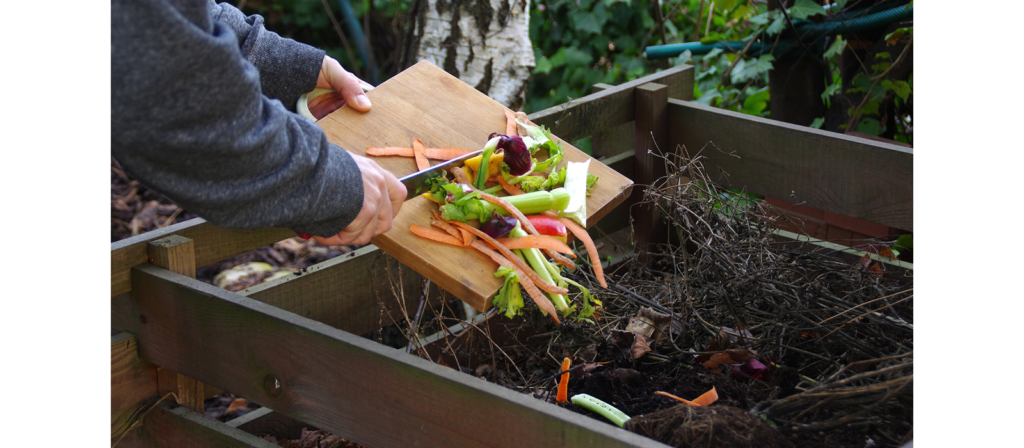
What is Home Composting?
Home composting is a method where individuals or families compost organic waste at their own residences, typically using backyard compost bins or piles. This approach is environmentally friendly, reducing household waste that would otherwise end up in landfills or incinerators.
Common materials used in home composting include fruit and vegetable scraps, coffee grounds, eggshells, grass clippings, and leaves. Composting can be done using simple methods such as cold composting (letting materials break down naturally) or hot composting (actively managing the composting process to speed up decomposition).
How Does Home Composting Work?
Home composting is relatively simple and can be done with minimal equipment. The process generally follows these steps:
- Collection: Organic materials are gathered from the kitchen (fruit and vegetable scraps, coffee grounds, etc.) and the yard (grass clippings, leaves, etc.).
- Preparation: Materials are chopped or shredded to speed up the decomposition process. Smaller pieces break down faster than large chunks.
- Building a Compost Pile: Home composters create a compost pile or use a compost bin. The pile is built with alternating layers of “greens” (such as food scraps) and “browns” (such as leaves and cardboard).
- Aeration: The compost pile needs to be turned regularly to allow for aeration, which helps microorganisms break down the materials. This process is essential for maintaining the temperature and encouraging the decomposition process.
- Decomposition: Over time, bacteria and fungi break down the organic matter into compost. This process can take anywhere from several months to a year, depending on factors like moisture, temperature, and the balance of materials.
- Harvesting: Once the compost is fully decomposed, it is dark, crumbly, and has a pleasant earthy smell. The compost can be used in the garden to improve soil health and fertility.
Benefits of Home Composting
Home composting offers a variety of benefits, particularly for environmentally conscious individuals:
- Waste Reduction: Composting at home reduces the amount of organic waste sent to landfills, helping to decrease methane emissions and overall waste.
- Soil Enrichment: The compost produced is rich in nutrients and can improve the structure and health of garden soil.
- Cost Savings: Composting at home is low-cost, especially if you already have access to the necessary materials like food scraps and yard waste.
- Environmental Awareness: Home composting raises awareness about sustainability and waste management, encouraging more people to take responsibility for their waste.
- Personal Sustainability: By composting at home, individuals can take an active role in reducing their environmental footprint and supporting sustainable practices.
Home Compostable Items
Items that are suitable for home composting include:
- Fruit and Vegetable Scraps: Peels, cores, and other organic waste from produce.
- Coffee Grounds and Filters: Rich in nitrogen, coffee grounds break down easily in a compost pile.
- Eggshells: These add calcium to the compost, which is beneficial for plant growth.
- Grass Clippings and Leaves: These provide carbon to balance nitrogen-rich kitchen scraps.
- Shredded Paper and Cardboard: These materials are great for adding carbon to the compost and can be used in moderation.
Items such as meat, dairy, and oils are typically avoided in home composting because they can attract pests and cause odors. However, certain small quantities of these items can be added in more advanced home composting systems like bokashi or worm composting.
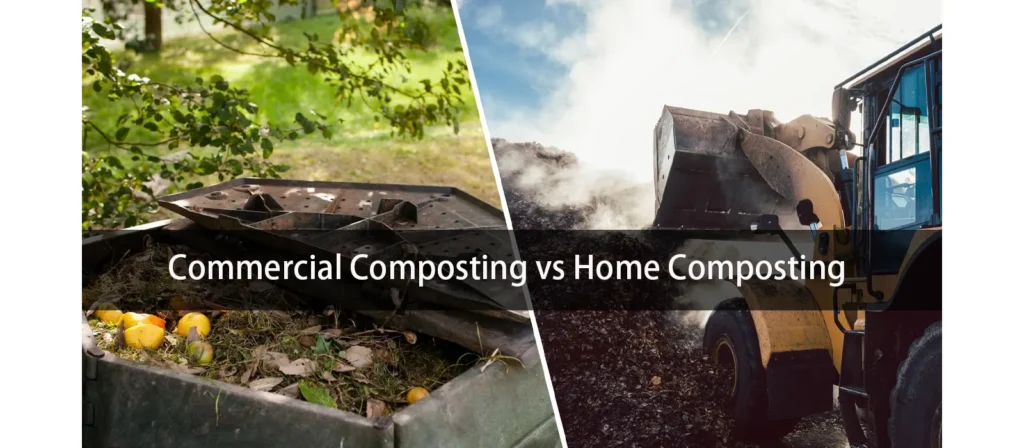
Commercial Composting vs Home Composting
When comparing commercial composting vs home composting, several aspects distinguish the two. While both processes aim to break down organic waste into compost, the scale, technology, and efficiency of each method vary greatly.
1. Compost Certifications
One of the key differentiators between commercial and home composting is the issue of certification. Commercial composting operations, especially those that process large quantities of organic waste from various sources, often adhere to strict certification standards. These certifications are crucial to ensure that the compost produced meets specific quality standards and is safe for agricultural use.
For instance, commercial composting facilities may follow certification programs like the US Composting Council’s Seal of Testing Assurance (STA). This certification ensures that the compost has been tested for essential qualities such as pathogen levels, nutrient content, and physical structure. This is especially important for compost used in large-scale agriculture or landscaping projects.
On the other hand, home composting, being a more personal and small-scale operation, typically does not require certifications. However, individuals can still follow guidelines to ensure that their compost is safe and nutritious for their own gardens and plants.
2. Decomposition Time
Decomposition time is another area where commercial and home composting differ significantly. In commercial composting, the process is faster due to controlled conditions such as temperature, moisture, and aeration. Commercial operations can typically complete the composting process in a few weeks to a couple of months, thanks to specialized equipment and techniques.
On the other hand, home composting can take much longer. Depending on the method used (e.g., compost bin, pile, or vermiculture), it can take anywhere from several months to a year for compost to fully mature. Home composting is slower due to less controlled conditions, like fluctuating temperatures and less frequent aeration.
3. Composting Conditions
In commercial composting, conditions such as moisture, temperature, and oxygen are carefully controlled to promote faster and more efficient decomposition. Commercial facilities often use aerators, shredders, and temperature regulators to ensure the composting environment is optimized. This is in stark contrast to home composting, where the conditions are more dependent on the natural environment and the efforts of the composter. Home composting requires more regular turning of the pile to maintain adequate airflow and temperature.
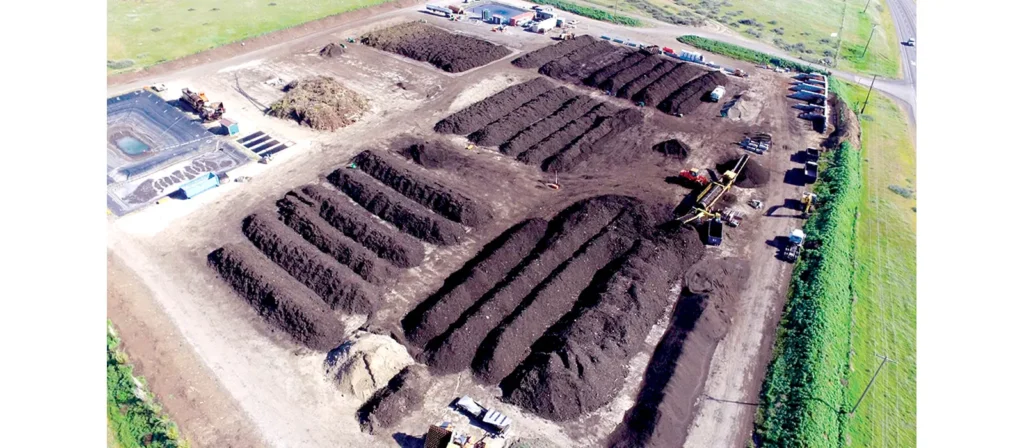
4. Scale and Capacity
Commercial composting can process large quantities of organic waste at a much greater scale than home composting. Large-scale facilities are designed to handle industrial amounts of food scraps, yard waste, agricultural waste, and other biodegradable materials. Commercial composting is optimized for efficiency, utilizing machinery such as shredders, aerators, and screeners to process waste quickly and effectively.
Home composting, however, is generally limited to small-scale operations, typically in gardens or small yards. The capacity of a home composting system is limited to what a household can generate in terms of food scraps and yard waste, making it a less efficient option for handling large volumes of waste.
5. Temperature Requirements
Temperature plays a vital role in speeding up the composting process. Commercial composting facilities often use temperature-controlled systems to maintain the ideal temperature range of 130°F to 160°F (54°C to 71°C), which helps to break down the organic material more quickly and kills harmful pathogens.
In home composting, achieving and maintaining such high temperatures is difficult without specialized equipment. While hot composting methods can raise the temperature to around 130°F (54°C), it is more challenging to maintain this consistently without the mechanical turning and monitoring available in commercial facilities.
6. Equipment and Technology
Commercial composting facilities utilize a range of equipment and technology to streamline the composting process. These include composting turners, windrow aerators, shredders, and temperature sensors, all of which help process large amounts of organic material more efficiently and with higher quality control.
Home composting, on the other hand, typically requires much less equipment—just a compost bin or pile, and possibly a compost thermometer or compost aerator tool.
7. Environmental Impacts
Both home and commercial composting have positive environmental impacts, but the scale of these impacts differs. Commercial composting reduces landfill waste on a much larger scale and helps reduce methane emissions, which are produced when organic waste decomposes anaerobically in landfills. Furthermore, the compost produced by commercial systems is often of high quality, which can be used in agriculture to improve soil health.
Home composting, while less impactful on a global scale, still contributes to sustainability by reducing household waste and providing nutrient-rich compost for gardens. It’s an excellent way for individuals to practice sustainability on a personal level and contribute to reducing their carbon footprint.
Commercial Composting vs Home Composting: Similarities
Despite the differences in scale, equipment, and speed, commercial composting vs. home composting share several similarities:
| Aspect | Commercial Composting | Home Composting |
|---|---|---|
| Recycling Organic Waste | Recyles large-scale organic waste from various sources (food, yard waste, etc.) | Recyles organic waste from households, such as food scraps, yard waste, etc. |
| End Product | High-quality nutrient-rich compost for soil enrichment | Nutrient-rich compost for home gardens and landscaping |
| Environmental Benefits | Reduces landfill waste, decreases methane emissions, supports sustainability on a larger scale | Reduces household waste, lowers carbon footprint, and supports personal sustainability goals |
| Basic Process | Involves decomposition of organic materials through controlled microbial activity | Involves decomposition of organic materials through natural microbial activity |
| Types of Materials | Processes a wide variety of organic waste including food scraps, yard waste, paper, and biodegradable products | Primarily processes food scraps, yard waste, and organic materials such as eggshells, coffee grounds, etc. |
FAQs
- Can I compost commercially compostable packaging at home?
No, commercially compostable packaging typically requires a commercial composting facility to break down effectively. - What are the main challenges in home composting?
The main challenges include maintaining the right balance of green and brown materials, ensuring proper aeration, and controlling moisture. - How can I find a commercial composting facility near me?
Many municipalities or waste management companies offer commercial composting services. You can check local resources or search online for nearby facilities. - Can home composting produce high-quality compost?
Yes, with the right conditions and attention, home composting can produce rich, high-quality compost, but it may take longer than commercial composting. - How do I start composting at home?
Begin by collecting kitchen scraps, yard waste, and other organic materials. Create a compost bin or pile and regularly turn the pile to maintain aeration. - What happens to compost after it is produced?
The finished compost can be used to improve garden soil, enhance plant growth, and reduce the need for chemical fertilizers. - Can I compost without a bin?
Yes, composting can be done in a pile, but a bin helps keep the compost contained and controlled.
Conclusion
Both commercial composting vs home composting offer important environmental benefits. The right method depends on your scale of operation, time availability, and environmental goals. While home composting is ideal for individuals looking to reduce waste on a smaller scale, commercial composting provides a powerful solution for businesses and municipalities looking to make a larger impact. By understanding the differences and best practices of each method, you can make a more informed decision and contribute to a more sustainable future.

